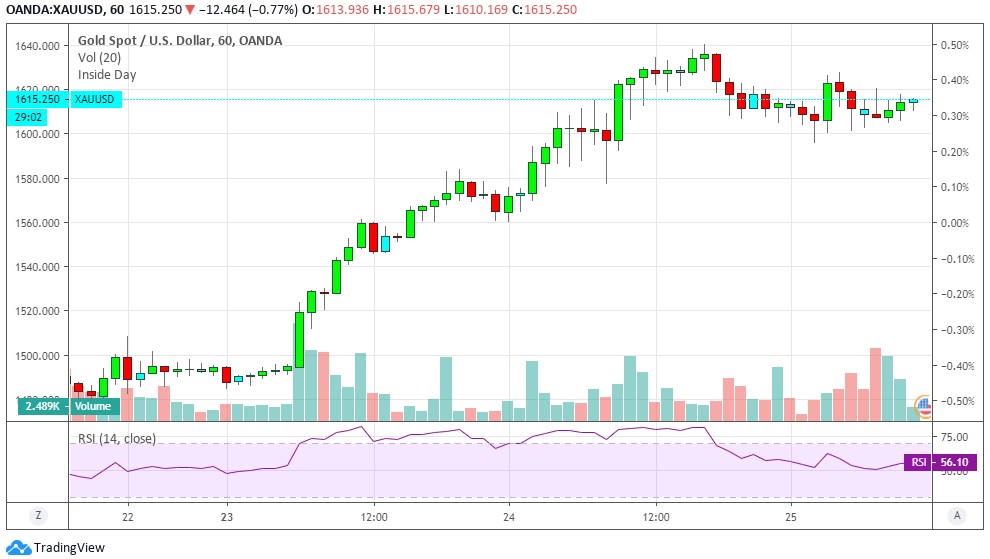Yesterday, we covered why there was up to a 4% price disparity between the spot price of gold and gold futures, which in summary, is a result of a lack of physical bullion mixed with trade concerns from COVID-19. Within, we identified that the CME Group, the operators behind the commodities exchange known as Comex, was considering making changes to how exchange-for-physical contracts can be settled.
As a bit of a backgrounder for those that didn’t see the first part to this story, the London Bullion Market Association stores physical gold in 400-ounce bars. The association is one of the larger stores of gold in the world, much of which is used to settle futures contracts on the Comex that are entered into by major banks. The Comex however requires that trades be settled in 100-ounce bars.
In short, the result is that the bars stored in London are required to be melted down and recast as 100-ounce bars for the purpose of contract settlement. With the ongoing coronavirus pandemic, a number of the worlds largest refiners have shuttered operations and airlines have suspended flights, causing issue when it comes time to settle contracts. In fact, London announced this morning that all commercial and private flights would be halted until the end of April, further impacting the trading of physical gold.
As per Reuters, the CME Group has now decided that future gold contracts may be settled with 400-ounce, 100-ounce, or 1-kilogram bars of gold to ease concerns related to contract settlement. While a long term fix, it will do little to assist in settling currently open contracts that are still required to settle using the 100-ounce bars. The CME is expected to announce the launch date for these new contracts and quell investor concerns in relation to them later this week.
Further impacting the price of gold is a change in margin requirements implemented last night by the CME Group for futures contracts opened today under the Comex 100 Gold Futures. The initial margin required to open a contract rose by 19.3% overnight, as the CME raised the figure in response to market volatility. Traders must now have a minimum of $9,185 in their account to open a new contract, which represents 100 ounces of gold. Maintenance levels also rose by the same amount, to that of $8,350.

Initial margin is the amount of funds required to be in a traders account as a minimum to open a new contract. The maintenance, comparatively, is the value of the account that is required once the contract is opened. As an example, if a contract were opened and the value of the traders account subsequently fell below the maintenance level as a result of declining markets, the trader would get a margin call and be required to top up their account to meet maintenance requirements.
Prior to the sharp increase in margin requirements, gold futures contracts on the Comex had an initial margin requirement of $7,700 and a maintenance requirement of $7,000. The sharp increase was conducted as a means to slow volatility from traders as more funds are required to open and maintain contracts, which in theory should slow speculation. Initial margin and maintenance requirements have risen sharply this year, beginning 2020 at $4,950 and $4,500 respectively.
Gold last traded at a spot price of $1,615.00.
Information for this briefing was found via Reuters, Kitco, Sedar and Refinity Datastream. Not a recommendation to buy or sell any securities. Always do additional research and consult a professional before purchasing a security. The author holds no licenses.









